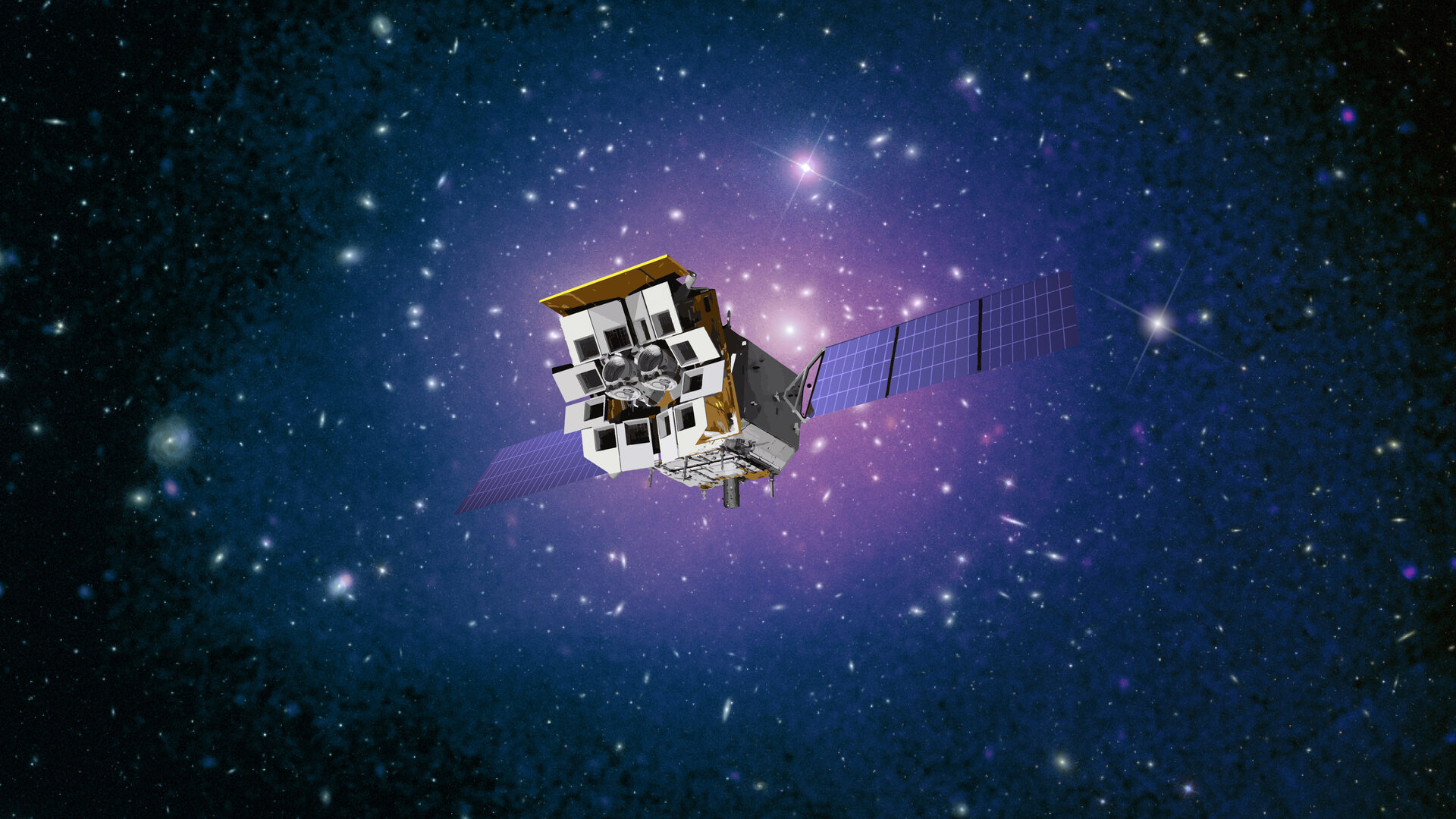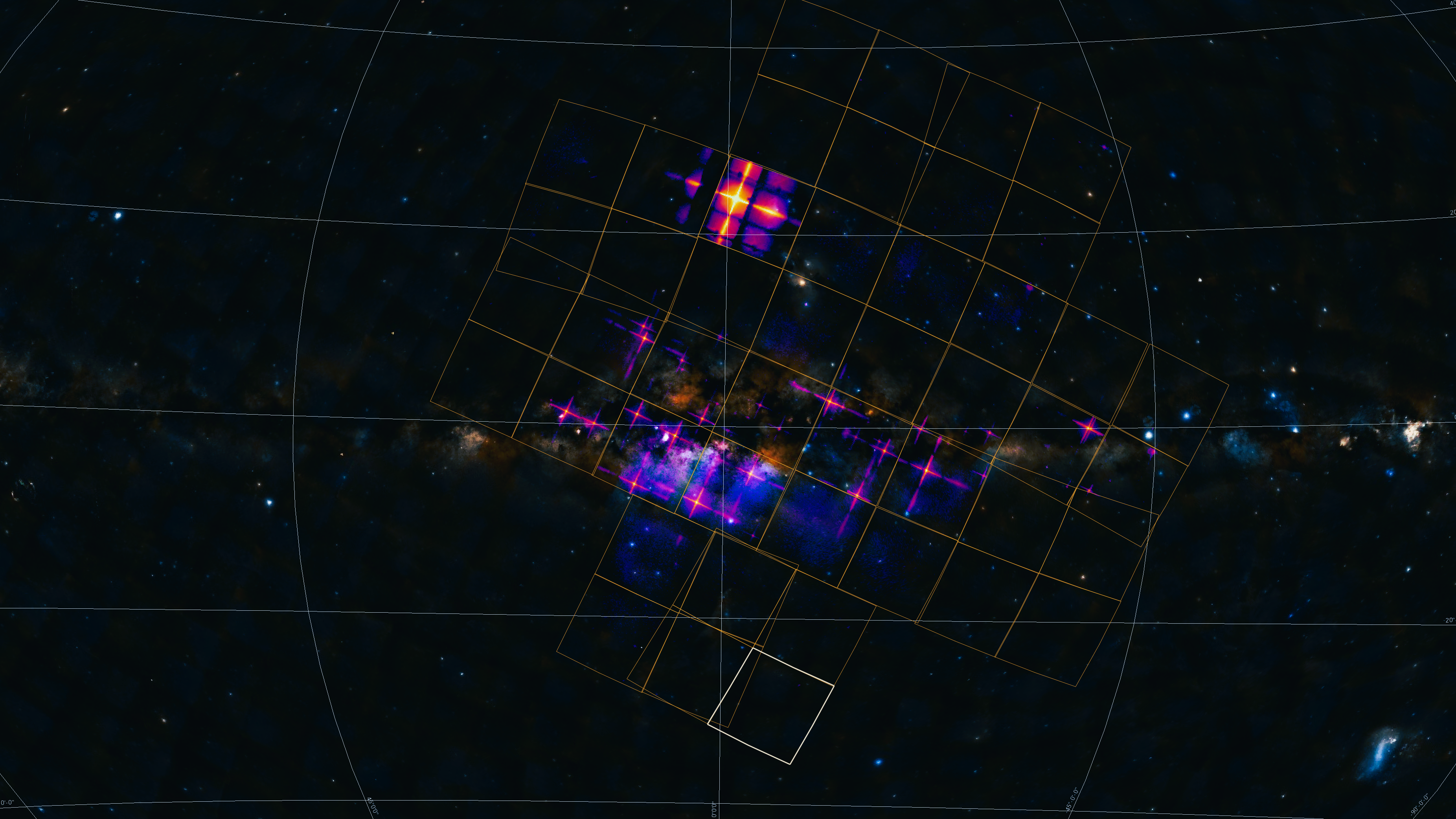
A Chinese X-ray space telescope has already made several discoveries during its initial commissioning phase.
The Einstein Probe, featuring lobster-eye optics and European participation, launched on Jan. 9 aboard a Chinese Long March 2C rocket.
The spacecraft has since been undergoing commissioning, involving testing and calibration of its instruments as it orbits Earth. On Oct. 31, the Chinese Academy of Sciences (CAS) announced initial results from this commissioning phase, noting discoveries of various types of transient events, or short-lived events, when an object such as a star or black hole changes briefly in brightness.
The observatory has conducted a number of space surveys and successfully captured the images of a diverse range of transient celestial objects, including stars, white dwarfs, neutron stars, black holes, gamma-ray bursts, and supernovae, according to CAS.
Related: Einstein Probe X-ray telescope releases 1st images taken with 'lobster vision'
"We have discovered around 60 very strong transient celestial objects, close to a thousand other (potential) transient objects, and nearly 500 stellar flares," Yuan Weimin, principal investigator of the mission and a researcher at the National Astronomical Observatories of Chinese (NAOC) under CAS, told China Central Television (CCTV).
The Einstein Probe also detected a gamma-ray burst from the early universe, further demonstrating its sensitivity, according to Yuan.
The satellite "observed a radiation burst that lasted nearly 1,000 seconds, while other international gamma-ray burst satellites detected only a 50-second burst," said Yuan. "Therefore, this satellite can provide observational data that previous satellites could not capture, revealing more previously unknown physical processes and giving us the opportunity to study astronomical events from even more distant regions of the universe."

Yuan also noted that the probe detected a potentially new class of transients. The Einstein Probe detected a transient event on April 8, coded EP240408a, and recorded an X-ray flare. The unusual X-ray emissions disappeared after around 10 days. A paper on the event from international researchers posted on the preprint site arXiv suggests that the event may have been caused by the disruption of a white dwarf by a black hole or may even represent a new, previously unknown class of transient.
The Einstein Probe also received the new name of "Tianguan," after the observation and documenting by Chinese astronomers in 1054 of the supernova SN1054, which created the famous Crab Nebula.
The observatory is planned to operate for three years, but this could potentially be extended for a further two years.







